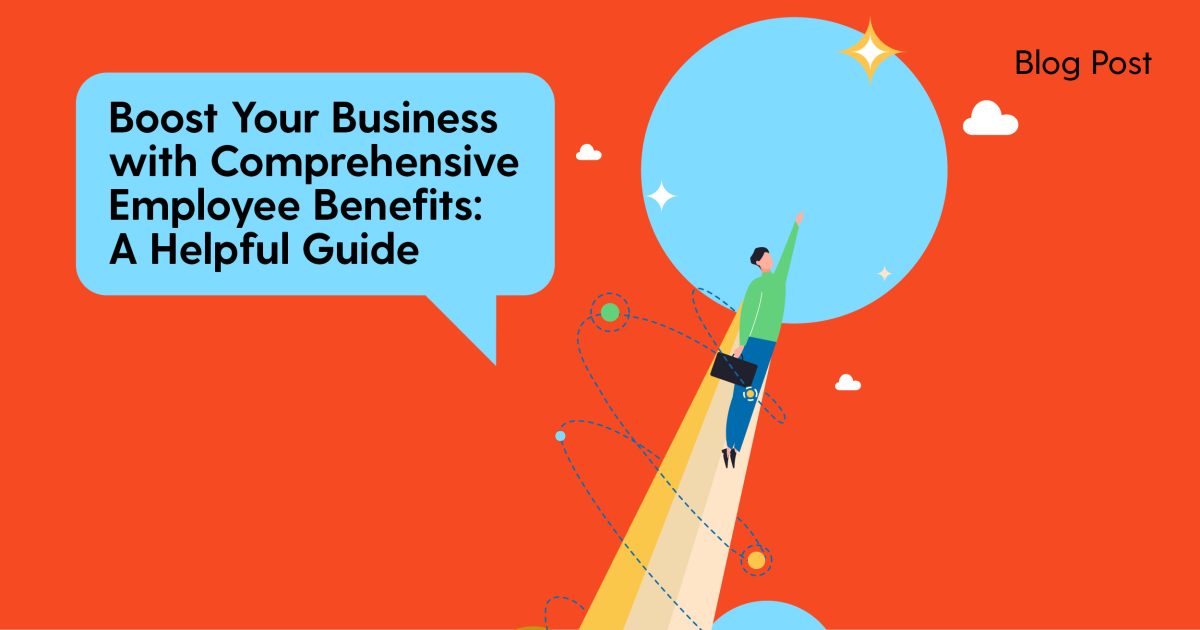By offering a well-thought-out benefits package, employers can not only enhance their employees’ well-being but also boost their morale, productivity, and loyalty. So, in this guide, we’ll unpack everything you need to know about employee benefits and share valuable insights on how you can maximise your investment in your workforce.
Let’s start with why employee benefits are so important.
Understanding the Importance of Employee Benefits
- Employee benefits are key to attracting top talent. Job seekers consider the benefits offered by potential employers when making career decisions. By offering a comprehensive and appealing benefits package, organisations can position themselves as desirable employers and gain a competitive edge.
- Employee engagement and productivity are directly related to employee benefits. When employees feel valued and supported by their employer through benefits such as health insurance, wellness programs, and flexible work arrangements, they are more likely to be engaged and committed to their work. As a result, employees are more productive, which leads to better business outcomes.
- Employee retention is another critical aspect of employee benefits. Employee turnover can be expensive, which is why a robust benefits package can significantly reduce turnover rates. By nurturing a positive organisational culture through comprehensive benefits, employers can build stronger employee-employer relationships and reduce associated costs.
Now, let’s take a look at the essential components of employee benefits packages.
Essential Components of Employee Benefits Packages
- Health insurance and wellness programs are fundamental components of employee benefits packages. By providing access to quality healthcare and wellness programs like mental health support, these benefits contribute to employees’ physical and mental well-being.
- Flexible work arrangements, such as telecommuting, flexible schedules, and remote work options, are becoming increasingly popular. These arrangements promote work-life balance, allow employees to manage personal obligations and create a sense of autonomy and trust.
- Professional development and training opportunities demonstrate employers’ commitment to employee growth and development and contribute to their organisation’s success.
- Work-life integration programs like parental leave, childcare assistance, and employee assistance programs (EAPs) support employees in managing their personal and professional lives harmoniously.
Now that we know what’s needed in an employee benefits package, let’s discuss some effective employee benefits management strategies.
Strategies for Effective Employee Benefits Management
- Start by conducting a comprehensive needs assessment to understand your workforce’s unique needs and priorities.
- Utilise technology and data analytics to streamline the enrolment process, improve data accuracy, and enhance communication with employees.
- Develop a comprehensive communication plan to inform employees about their benefits options, enrolment periods, and any changes or updates.
- Regularly evaluate the effectiveness of your benefits offerings using feedback from employees.
Remember, investing in your employees’ well-being through a comprehensive employee benefits package is crucial to benefit individuals and contribute to your organisation’s overall success and growth.
